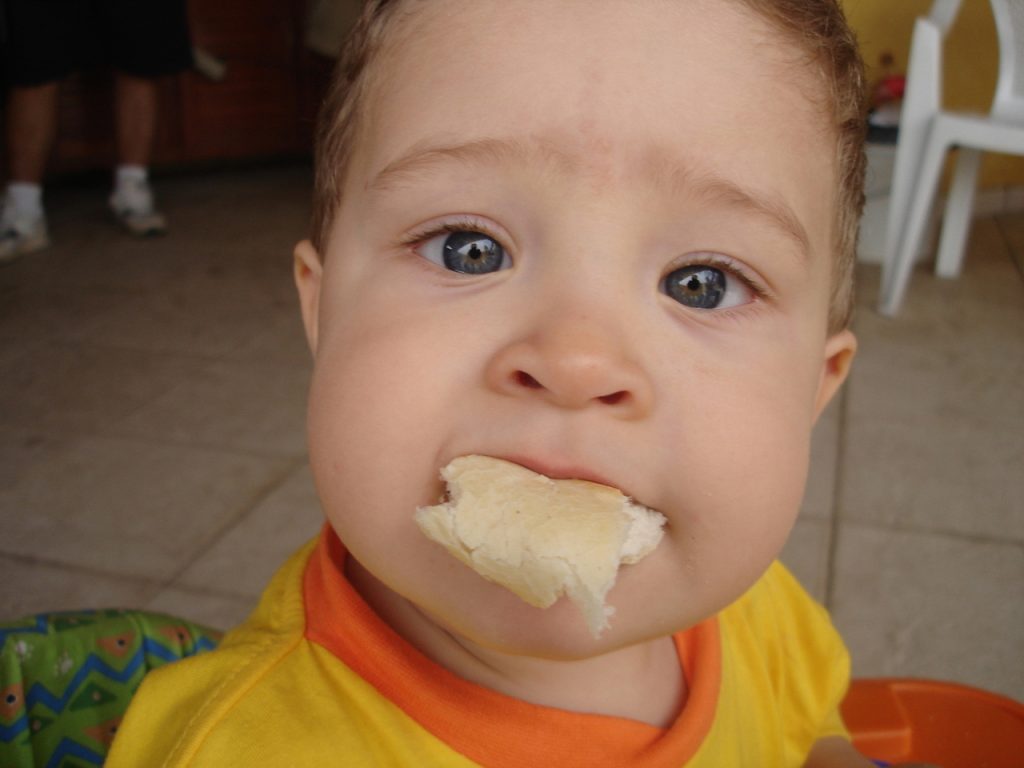
Unfortunately faddish eaters are part and parcel of nursery life.
By thirteen months, a toddler should be able to drink from a cup and may be able to use a spoon or fork themselves. Eating food is a sensorial experience, and so the earlier you start toddlers trying new foods, the better.
The more diverse range of meals and varied fruits and vegetables introduced the better. It takes a long time to develop a liking of certain foods so we must be patient. Keep healthy fruit and vegetables readily available to snack on so at least the child eats something.
Apart from taste, they need to feel, see and touch the food and explore it before they might be willing to try it. Watching their peers and staff happily eating and not micro-managed to eat will empower them to try it for themselves.
Eat meals altogether to cement their understanding of lunch and snack time. If lead by example, they will quickly learn how to behave and make mealtimes fun.
Regularly introduce new foods to try, chopping it up very small or grating into meals will help them get their fruit and vegetable quota. However, they do need to see what it looks like beforehand. Children must be able to try it in its natural state too.
If every meal ends with the child in tears, it’s time to try a different approach so as not to make mealtimes a negative experience.
Avoid bribing the child with the promise of a lovely pudding, but you could reward them with something else instead. Sticker charts or certificates per day or week are always a favourite.
If possible, organise cooking sessions so the child can discover what they have made step by step. Knowing the effort put into it, they may be more happy to try the fruit of their labour.
Ninety per cent of children go through a fussy eating stage, so remember no matter how frustrating it is, it is only a stage in their development and learning.
this is great helped me very much <3